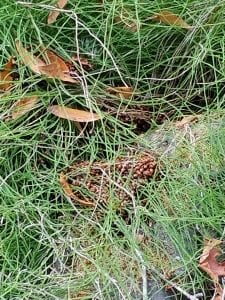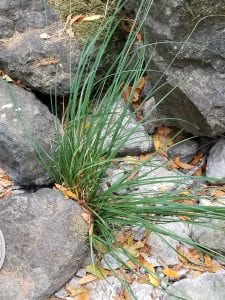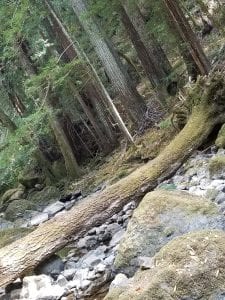Lab 9 Entry
10/24/18 Wednesday, we continued our DNA extraction (plant) by running the genomic DNA gel. Just like with the fish genomic DNA gel, Kayla dropped total of 12 loading dye drops about 1 micro liters and on top of that dropped 12 3 micro liters of our genomic DNA. And then dropped total of 4 micro liters of the mixture into the well. First three was Kayla’s, Second three was Carter’s, Third three was Peter’s and Fourth three was mine. Gel was ran for about 20 minutes at 140 voltage. After 20 minutes, I took out the gel and put it into the machine to see our DNA on the gel. My JP 1303 failed and Kayla’s JP 1317 failed. So Professor dropped 4 total samples which were JP 1317, 1303, 1290, 1300. Here are the pictures of our genomic DNA gel run result.
Total of 32 tubes were given on each table and all tubes were the same. I took 8 tubes, which are JP 1292, 1295, 1299, 1302, 1304, 1308, 1314, and 1316. Next I labeled 0.2 ml 8-tube strips (PCR tube strips) that I will be using for the reactions (labeled sample ID, date, and the primer number). And using filter tips I pipette 1 micro liter of my template DNA into the tubes (total of 8). I changed tips every time I used one to avoid contamination. After eight 1 micro liter of my sample genomic DNAs were placed into the right eight tubes, I placed it on ice. While my samples were on ice, I had to make enough Master Mix for my table.
To make Master Mix, I added 600 micro liters of ddH2O, 80 micro liters of 10x buffer +Mg, 40 micro liters of BSA, 8 micro liters of dNTPs, 8 micro liters of both F-primer 5334 and R-primer 5334, and 1.6 micro liters of Taq. So total of 745.6 micro liters. To mix it well, I spun down the tube briefly.
Once the Master Mix was made, I took out my 8 PCR tube strips from the ice and added 19 micro liters of Master Mix into each of my samples (total of 20 micro liters inside each PCR tube strips). After all my classmates were done with this step, Professor Paul placed our PCR tubes in the PCR machine and closed the lid.









